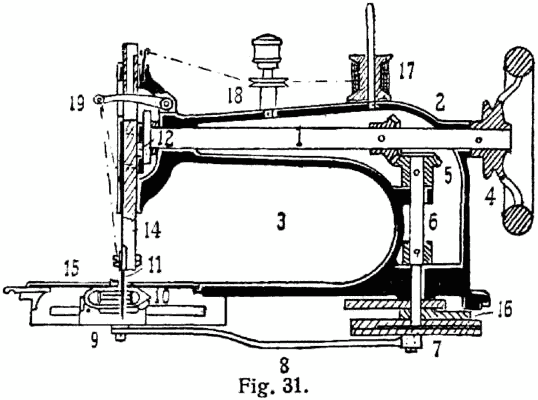\ˈsi-kə-ˌtris\
| I just finished Anthony Trollope’s Can You Forgive Her?—the first of the Palliser novels and a great read about money, sex, marriage, and power. When the story opens, Alice Vavasour had been engaged to her cousin George but broke it off because of unspecified bad behavior on his part and subsequently became engaged to one John Grey. |
Alice seems to recognize this: fairly early on in the story she breaks up with him too (she dresses it up with some cockamamie story about how he is too good and noble for her, but she’s really afraid she will be bored and annoyed). And through a chain of events (and some meddling by her cousin), she becomes engaged once again to her old flame George, knowing that she doesn’t love him but also knowing that he needs her money for his political career. Her story gets more complicated from there, with John Grey being annoyingly steadfast (he knows Alice & what is good for her far better than she knows herself, you see, and he pulls a switcheroo to keep George’s hands off of Alice’s [er] assets by replacing them with his own) and George becoming increasingly angry and abusive because what he really wants is to put a thumb in John Grey’s eye by reclaiming Alice’s love as well as her money.
George’s distinguishing physical characteristic is a “cicatrice”—a scar—on his cheek, left by a boyhood incident in which George killed a house-breaker prowling outside his sister’s room in the night, apparently intent upon her jewelry. This old wound is described as shrinking and growing and changing color with his moods. And as his moods darken over the course of the novel, the cicatrice seems to take over more and more of his face and define more and more of his character. Sometimes it “yawns open” or flushes hideously red or purple to signal yet again that George is gearing up to do something truly appalling.
Alas, cicatrice turns out to be pretty disappointing, etymologically. Every source I consulted, from the OED to the etymological reference to the Latin word study lexicon, says simply that it comes from the Latin “cicātrīcem,” which means scar. Full stop. No cognates, no earlier history. That’s it.
I find this unsatisfying: a scar always demands a backstory. “How did that happen?” we ask, with varying degrees of prurience and tact. Sometimes people show them off, testament to a surgery or a duel or a childhood mishap. Sometimes the story is even true. For the word to lack a history and associations of its own seems unnatural.
When reality falls short, it’s time to make stuff up. I leave the false etymology as an exercise for the reader, but I can at least provide some bogus usage notes. The Google word frequency widget suggests that “cicatrice” enjoyed something of a vogue between 1846 and 1859: I asked Arwulf, our resident history expert, why this might be and she obligingly fabricated a few theories. First she noted that many of the citations were from medical journals. Since chloroform had been invented in the 1830s and popularized in the 1840s, perhaps the spike in references to cicatrices had something to do with an increased interest in surgery? Or, it could be related to the increasing number of anti-slavery books and pamphlets in the US describing (and often showing in graphic detail) scenes of whipping or branding.
| Or, since 1846 was also the year in which Elias Howe received a patent for the first sewing machine, there may have been an uptick in sewing-related injuries at about that time. (Arwulf is quite wary of our sewing machine, believing with some justification, that it is out to Get Her.) |
George does not fare well in the end: his Parliamentary career is short, ignominious, and extremely expensive; he loses the slim chance he had to inherit family money; he abuses and alienates everyone who might have cared for him; and eventually Alice—who at this point is justly terrified of him and his cicatrice—breaks it off again. At which point he skips out on his debts, dumps the long-term mistress who suddenly shows up in the final reel, changes his name, and escapes to America.
How he tells the story of his scar there is not recounted. I hope he blames it on a sewing machine.



 RSS Feed
RSS Feed